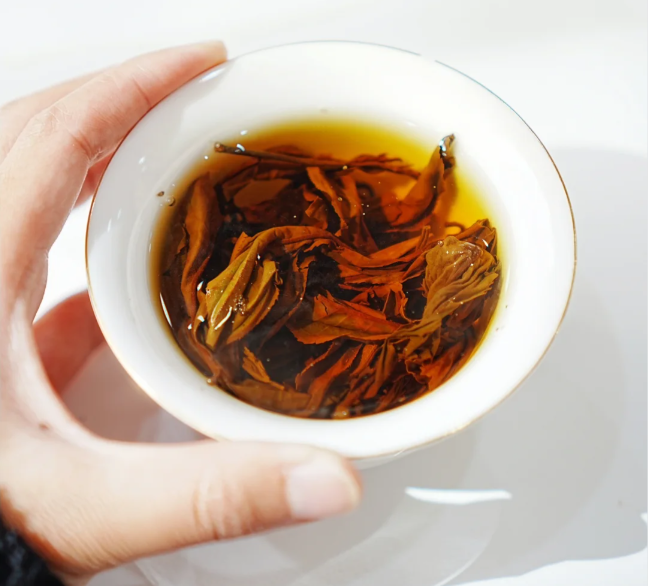In the evening in London, Achu lifts the kettle from the stove and silently counts '1, 2, 3...'—this is the 'cooling code' she learned from tea farmers in Fengqing. Just count to 10, and the boiling water will drop to around 85°C. Pour it into a white porcelain gaiwan, and the honey-like aroma of Yunnan black tea will slowly unfold like a sunset. In fact, brewing Dianhong isn't mysticism—it comes down to three numbers: water temperature 85–90°C, tea-to-water ratio 1:50, starting time of 5 seconds. Below, we'll break down these three elements so even beginners can brew master-level tea within the time of a song.
Brewing Yunnan Black Tea

1. Why Let Boiling Water Cool Slightly?
Yunnan's large-leaf varietal naturally contains high levels of polyphenols and caffeine. Direct pouring of 100°C water will instantly 'explode' out bitterness and astringency. Experimental data shows that at 85–90°C, the release curve of thearubigins and aromatic alcohols is smoothest—preserving Dianhong's signature sweet potato aroma and lychee-like sweetness, while avoiding a tight sensation at the back of the tongue[^53^]. No thermometer at home? Easy: after boiling, leave the kettle lid open for 30 seconds, or raise the kettle 20 cm higher when pouring, allowing the water to naturally cool by about 5°C in the air.
2. Tea-to-Water Ratio 1:50: The Safe Zone for Beginners
4g of dry tea to 200ml of water is the golden ratio for a single-serving gaiwan. Too much tea makes the first two infusions overly strong and bitter; too little results in floating aroma and thin mouthfeel. Want it stronger? Increase up to 5g at most—beyond that, it tastes like herbal decoction.
3. Timing Rhythm: Start at 5 Seconds, Add Gradually Per Infusion
- 1st infusion: 5 seconds: Let the tea leaves stretch—also called 'awakening the tea'.
- 2nd–3rd infusions: 8–10 seconds: floral and honey notes peak.
- From the 4th infusion onward: +5 seconds per infusion: large-leaf varietals are durable; even by the sixth or seventh infusion, the tea remains sweet and smooth.
Gaiwan or Cup? Choose Based on What You Want to Drink
A glass cup makes the liquor color resemble sunset—perfect for photos; a white porcelain gaiwan doesn't absorb fragrance and amplifies Dianhong’s wildflower aroma; old purple clay pot? Save it for winter—it adds a layer of mellow richness to the tea soup.
1. Three Tips to Avoid Bitterness and Astringency
- First infusion 'wash away dust': pour out after 3 seconds—to remove surface dust and reduce intensity.
- Pour from height: finer water flow cools slightly and increases dissolved oxygen.
- Pour decisively: don't let tea leaves 'soak' in water—bitterness won't precipitate.
2. One-Minute Fun Fact: Altitude and Water Temperature
In Kunming at 1900 meters altitude, water boils at only 93°C—local masters pour immediately off the heat; in lowland cities, remember to let water cool slightly—around 90°C—so as not to scald the tea leaves.
3. Final 15 Seconds
Pour the tea soup into your cup, first smell then sip: the floral aroma resembles freshly peeled lychee, and the honeyed aftertaste lingers on the tongue—this is the Yunnan morning you've earned in 90 seconds. If you'd like to explore further differences between spring and autumn Dianhong, check out this seasonal flavor guide; ready to purchase? Explore our organic Dianhong black tea. Whether you're a beginner or a tea culture expert, we have products for you.


